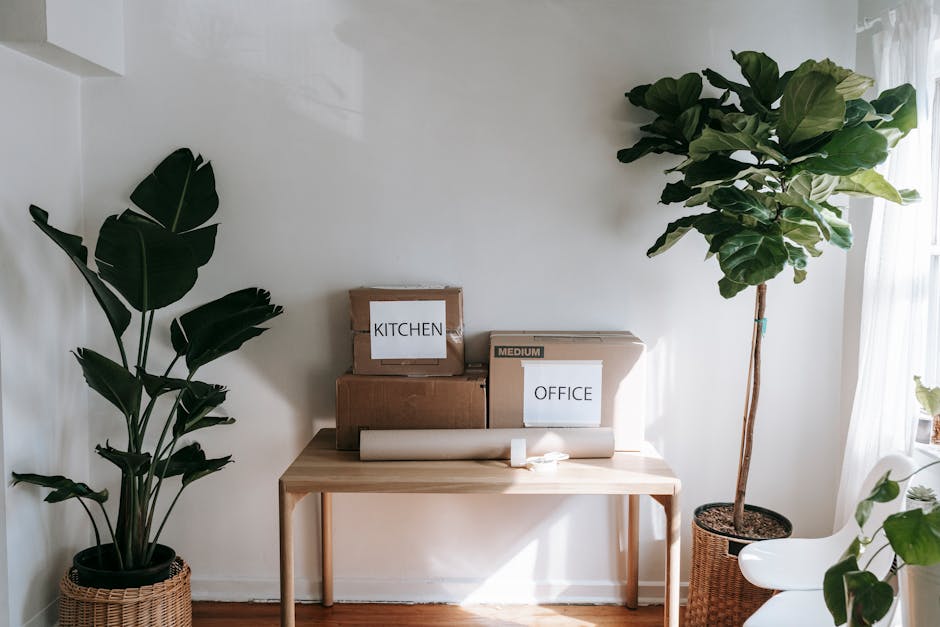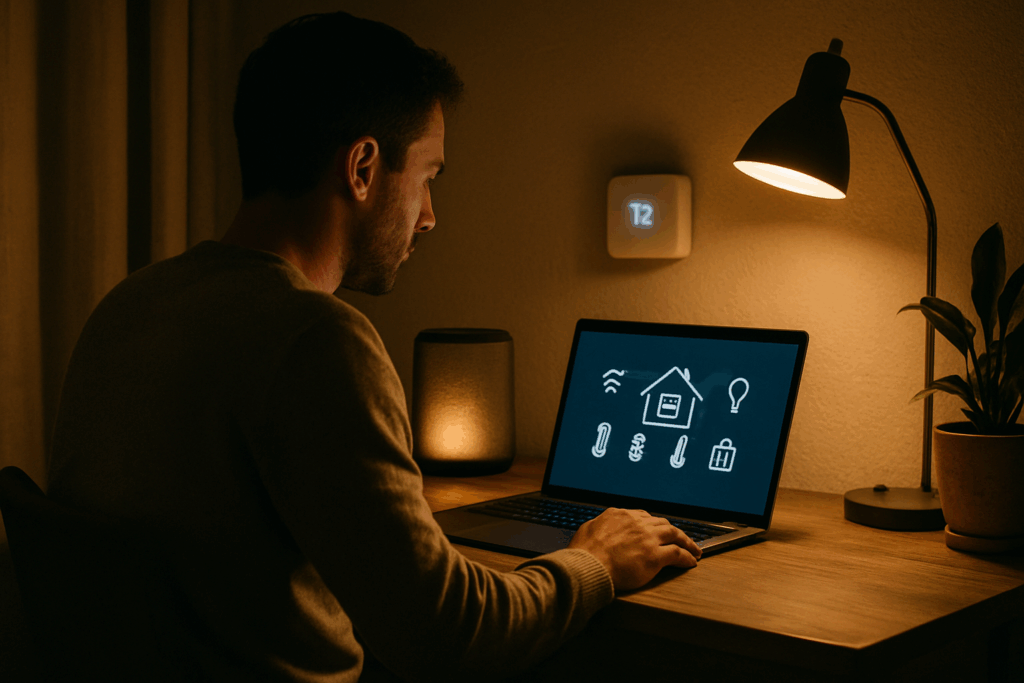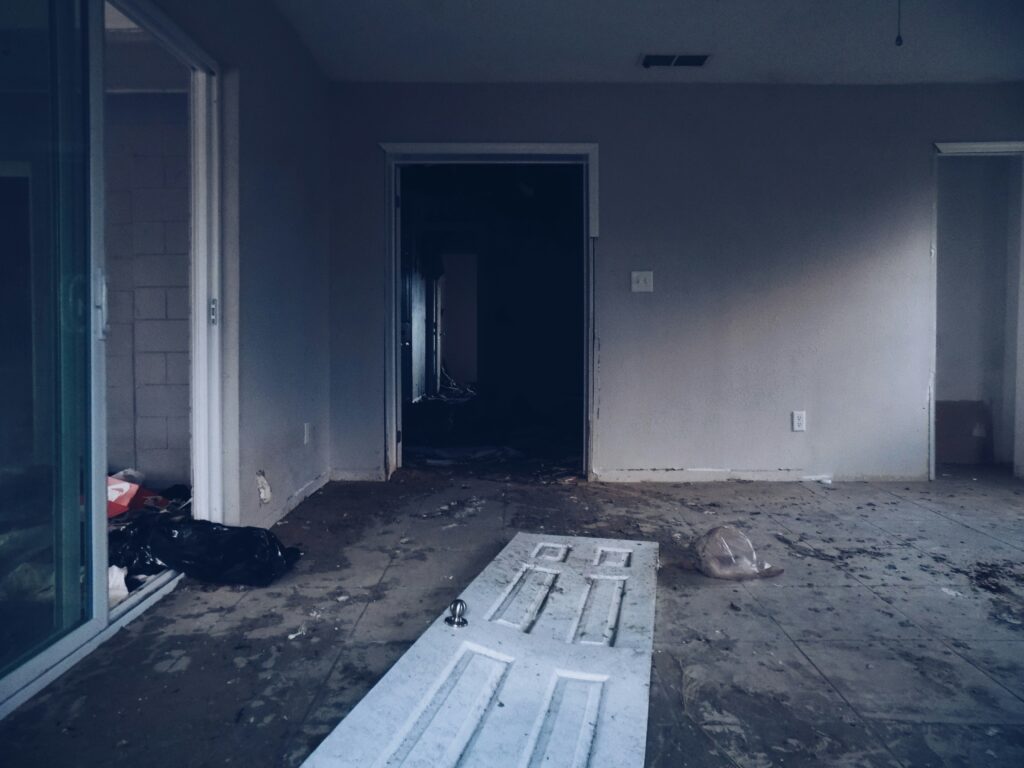Why Sustainability is No Longer Optional
Sustainable building isn’t just a buzzword anymore—it’s an expectation. Homeowners are pushing for materials and methods that align with eco-conscious values, and the market is listening. From solar-ready roofs to reclaimed hardwood floors, people want homes that reflect environmental responsibility without giving up comfort or style.
But it’s not just consumer demand driving the shift. Regulations are tightening. Local and national governments are setting stricter energy codes and offering tax breaks or rebates for using greener materials. Builders who stay ahead of these rules won’t just stay compliant—they’ll stay competitive.
Then there’s the cost factor. Upfront, green materials can seem pricey. But long-term, they often save money—think fewer repairs, lower energy bills, and stronger resale value. Sustainability has become a smart investment, not just a moral one.
Material Highlight 1: Recycled and Reclaimed Wood
Reclaimed and recycled wood has become a go-to material for environmentally responsible home builders and renovators. More than just a nod to sustainability, this material tells a story while reducing your ecological footprint.
Why Reclaimed Wood Matters
Reclaimed wood offers both environmental and aesthetic benefits:
– Character-rich appearance: Naturally aged texture, unique grain patterns, and historic finishes bring warmth and story to any space.
– Lower environmental impact: By reusing existing wood, you avoid the need for new timber harvesting and reduce landfill waste.
– Carbon storage: Reclaimed wood still stores the carbon it absorbed as a living tree, helping offset emissions.
Where to Source Certified Reclaimed Wood
Finding quality reclaimed wood means knowing where to look—and what to ask for. Seek out reputable suppliers who can verify the wood’s origin and treatment history.
– Architectural salvage yards: A treasure trove of beams, floorboards, and millwork.
– Specialized dealers: Some companies focus on certified reclaimed wood with documentation.
– Local demolitions: Partnering with contractors reusing materials from deconstructed buildings can offer hidden gems.
When sourcing reclaimed wood, always check for:
– Certifications (e.g., FSC Recycled label)
– Treatments used on the wood (to avoid toxins like lead paint)
– Moisture content—older wood should still be properly dried for modern use
Best Home Applications
Reclaimed wood lends itself well to a variety of home projects, especially when design meets durability:
– Flooring: Adds historic charm and high durability, especially from old-growth lumber.
– Furniture: Tables, shelving, and vanities made from reclaimed wood offer unique character.
– Accent walls: A popular choice for creating focal points in living rooms, bedrooms, or entryways.
Used with intention, reclaimed wood brings a blend of sustainability and style that’s hard to match.
Material Highlight 2: Low-VOC Paints and Finishes
Walk into a freshly painted room and that sharp smell is more than just unpleasant—it’s often full of volatile organic compounds, or VOCs. VOCs are chemicals that easily become gases at room temperature, and they’re common in standard paints and finishes. Over time, they off-gas into the air, contributing to problems like headaches, allergic reactions, or worse in poorly ventilated spaces. For people with asthma or sensitivities, that’s a big deal. For homes aiming to be truly healthy and sustainable, it’s a red flag.
Not all low-VOC labels are created equal. Some paints market themselves as “low-VOC” but still carry higher levels than you’d think. Look for certifications from trusted sources like Green Seal, GREENGUARD Gold, or EcoLogo. Truly zero-VOC paints will often say so plainly on the label and avoid questionable additives like formaldehyde or ammonia-based agents.
As for performance—early generations of low-VOC paint had a bad rap: chalky finishes, fewer color options, spotty durability. But that’s changed. Today’s top-tier zero-VOC brands perform just as well as their higher-VOC counterparts in most residential settings. The trade-off might be slightly longer drying times or higher cost—but you’re gaining better indoor air quality, safer surfaces for kids and pets, and peace of mind. Worth it.
Material Highlight 3: Hempcrete and Alternative Concretes
Hempcrete is a biocomposite material made from hemp hurds (the woody inner part of the hemp stalk) mixed with lime and water. It’s not load-bearing like traditional concrete, but it shines in insulation, breathability, and overall environmental impact. Lightweight yet solid, it regulates indoor humidity, resists mold, and insulates well without synthetic inputs.
The carbon math tells a stark story. Producing standard concrete is one of the most carbon-intensive processes in the building world—responsible for around 8% of global CO₂ emissions. In contrast, hempcrete absorbs more carbon during the hemp plant’s growth than it emits during creation and curing. Other options like fly ash concrete or slag cement offer less dramatic reductions but are still clear improvements over conventional mixes.
These materials aren’t fringe anymore. You’ll find hempcrete used in eco-builds across Europe, from passive houses in France to modular homes in Germany. In the U.S., it’s starting to crop up in small-scale residential projects and experimental developments focused on net-zero performance.
Hempcrete and its cousins may not replace standard concrete entirely, but they’re carving out a real role where sustainability, indoor air quality, and lightweight thermal performance matter most.
Material Highlight 4: Recycled Metal and Steel
Recycled metals, especially steel and aluminum, have carved out a solid niche in modern home design. You’ll see them in exposed beams, stair railings, kitchen backsplashes, and statement lighting. Their clean lines and raw edges fit naturally into industrial and minimalist styles, offering both edge and elegance.
More than just looks, recycled metals bring serious functional perks. They’re durable—resistant to rot, pests, and fire—and highly recyclable, making them a smart choice for reducing waste. They also save energy. Producing recycled steel uses about 75% less energy than making new steel from raw materials. That matters in both construction footprints and utility bills.
Still, they’re not foolproof. In damp or coastal climates, improperly treated recycled metals can degrade faster than expected. Rust and corrosion can be real issues if the metal isn’t sealed or powder-coated correctly. It’s worth investing in proper coatings—or using stainless steel—if your project deals with moisture exposure.
Used right, recycled metals deliver looks, performance, and sustainability in one package. But like any material, they demand a little respect.
The Role of Technology in Sustainable Home Builds
Sustainability isn’t just about choosing better materials—it’s also about understanding where they come from, how they’re made, and what happens after installation. That’s where smart tech steps in. Tools like carbon calculators and lifecycle assessment (LCA) platforms are helping builders and homeowners make cleaner choices with better data. Instead of guessing at environmental impact, they can now see it in numbers—material by material.
Pre-fab and modular construction are also gaining momentum. These aren’t just time-savers—they cut way down on waste. Panelized walls and factory-built modules use resources more precisely, avoid overordering, and often come with better insulation and energy efficiency baked in. Fewer errors. Smaller dumpsters. Tighter builds.
Meanwhile, material science is pushing into places that seemed out of reach even five years ago. Think transparent wood, concrete that absorbs CO₂, and insulation grown from mushrooms. Some are experimental, others are already making their way into homes. The future of sustainable building isn’t stuck in the lab—it’s knocking on the front door.
Planning a Project? What to Ask Your Contractor
Hiring a contractor is one of the most important decisions in any home project—but especially when sustainability is a priority. It’s a mistake to assume that all contractors are up to date on eco-friendly practices. If creating a greener space is your goal, proactive communication is essential.
Don’t Assume Sustainability Know-How
Many builders are skilled in traditional methods but may not be familiar with newer sustainable technologies, materials, or certifications. Make sure your contractor understands and supports your commitment to building responsibly.
Ask questions like:
– Have you worked with sustainable materials like reclaimed wood or hempcrete before?
– Are you familiar with low-VOC products and their proper application?
– How do you handle construction waste and recycling on-site?
– Can you help source energy-efficient fixtures and low-impact materials?
Screen for Eco-Minded Builders
Finding the right partner starts with asking the right questions. During your early consultations or interviews, look for signs that the contractor:
– Is willing to research and adopt greener methods
– Has experience working with third-party certifications (like LEED or ENERGY STAR components)
– Values transparency throughout the sourcing and building process
Tip: Check past project portfolios for evidence of sustainable design elements or reduced-waste practices.
Budgeting Smart: Where to Splurge & Where to Save
Sustainability doesn’t have to break your budget—but it does require strategic thinking.
Spend more on:
– Long-lasting materials that reduce maintenance or replacements
– High-efficiency windows, insulation, and HVAC systems
– Durable finishes with low environmental impact
Be cost-conscious with:
– Decorative elements that can be easily upgraded later
– DIY opportunities like recycling furniture or upcycling materials
– Choosing local materials to reduce shipping emissions and costs
By working with the right contractor and making deliberate decisions, you can create a home that aligns with your values—and lasts for generations.
For readers who want to stay informed on the latest in sustainable home building, material innovation, and green design practices, bookmark Weekly Home Improvement News: Key Updates and Trends. It’s a solid source for practical updates, policy changes, and product spotlights that matter to anyone planning or refining an eco-conscious living space. Whether you’re knee-deep in a project or just sketching ideas, it helps to stay ahead of the curve.
The Future Is Built to Last—And Built Right
Every decision you make on a home project—whether it’s insulation, flooring, or your paint finish—impacts the long game. Materials affect more than aesthetics. They shape energy use, maintenance cycles, resale value, and how the structure holds up over time. Go cheap and short-term, and you’ll likely pay for it later. Think sustainable from the start, and your project works harder for you—and the planet.
The key takeaway? Building sustainably doesn’t mean you have to compromise on looks or performance. Many eco-friendly options are now sleek, strong, and smartly designed. Choosing sustainable means you’re investing in durability, function, and better indoor health—all without losing style points.
So before you break ground or pick finishes, pause. Run your plans through a sustainability filter. Think smarter. Build stronger. Waste less. Your future self—and the next generation—will thank you.




